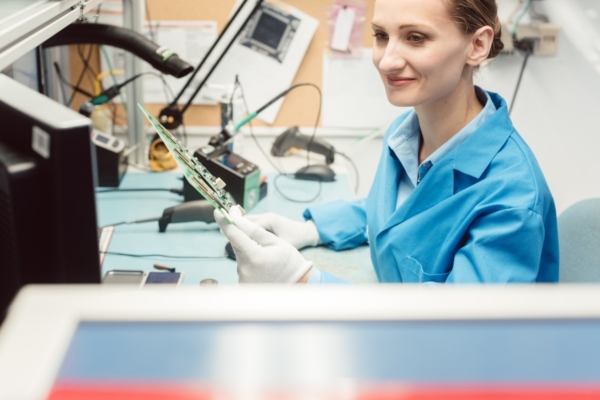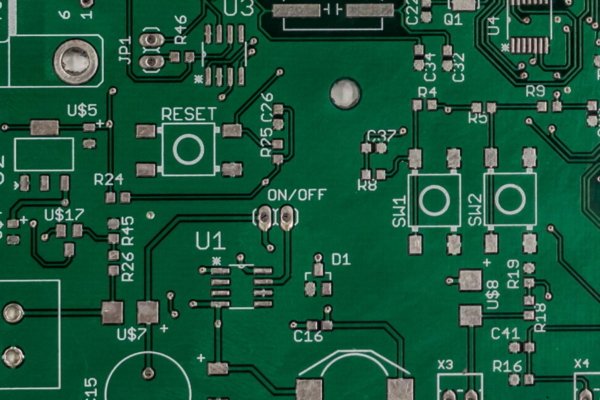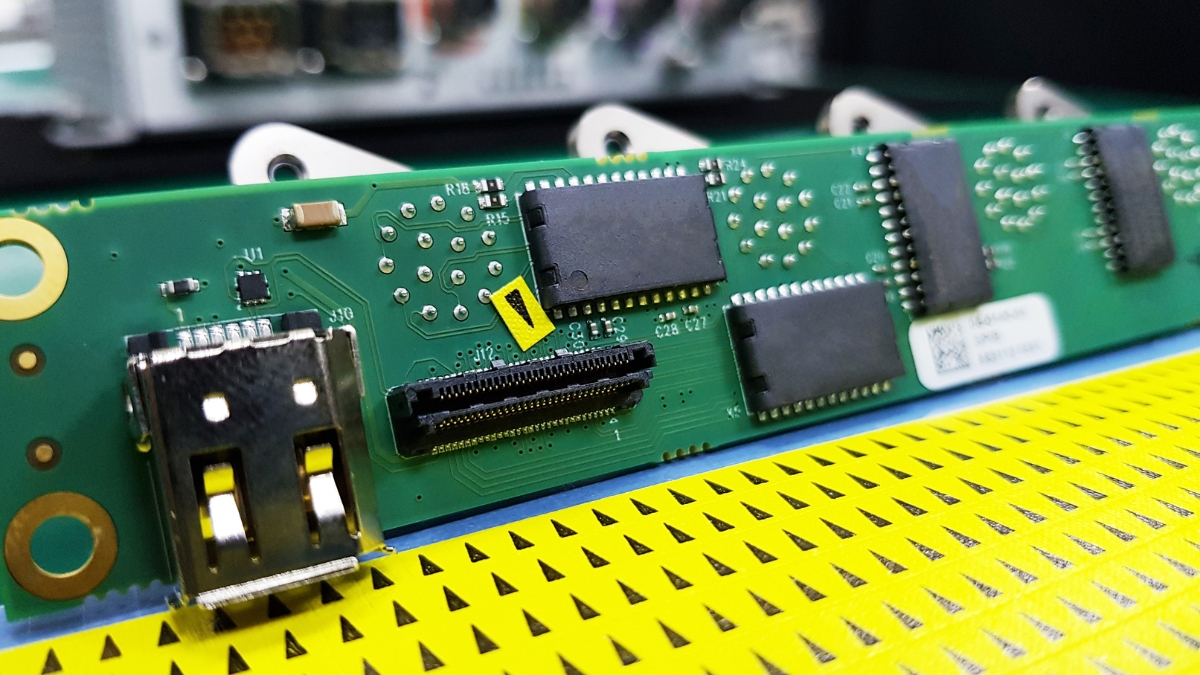What is Panel Plating
Panel plating is the electrolytic plating process that covers the entire surface of a panel. This process is essential for achieving consistent design fabrication and eliminating variations between prototypes. During panel plating, a layer of copper is evenly distributed across the entire manufacturing panel, serving two main purposes:
- Panel plating increases the copper thickness of the surface pads and conductors on the PCB. This is crucial for ensuring proper conductivity and robust connections between different layers of the circuit board. Additionally, panel plating provides a reliable copper connection through the plated through-holes, which are essential for the interconnection of different layers.
- Panel plating plays a protective role in the manufacturing process. After the plated through-hole (PTH) process, an additional 5-8 um of copper is plated onto the surface of the PTH copper. This extra copper layer acts as a safeguard, protecting the PTH copper from potential damage during subsequent processes.
Panel plating offers several advantages in PCB production. It allows for precise control over the plating thickness, ensuring consistent design specifications and meeting customer impedance characteristics. The process also enhances mechanical and electrical properties, exceeding standards for elongation, purity, and tensile strength. Furthermore, panel plating is operator-friendly, requiring basic technical skills and contributing to efficient production processes.





